MAIN MENU /
Uplifting Brands That Uplift Others
hello@upandup.agency
504 Rhett Street, Suite 100
Greenville, SC 29601
(864) 373-9330


We recently got this question from a client and it really got us thinking. In today’s mobile-first world where technology and information are at our fingertips, this is a challenging question that is best answered by introducing more art than science.
In the words of Alanis Morissette, “Isn’t it ironic, don’t you think?”
It’s a little ironic that art may trump science here. With all of the data and analytics that we have today to measure the performance of every person, page, and pixel, the art of understanding it all is still the secret to success.
Before you need a website, you need a solution to a problem. Usually, some type of business problem.
A great tip on identifying your goals and objectives is the following simple, fill-in-the-blank objective statement:
Using this structure, you quickly identify the objective and problem so you can then move towards the right solution.
As a best practice, you could have dozens of these objective statements and then you prioritize them to establish your hierarchy of goals.
Once you have established your goals and assigned priorities, you can now start working towards solutions.
Tangenting for a minute… but it’s hard to believe that the iPhone was only invented 12 years ago. The growth rate of data usage over voice is staggering.
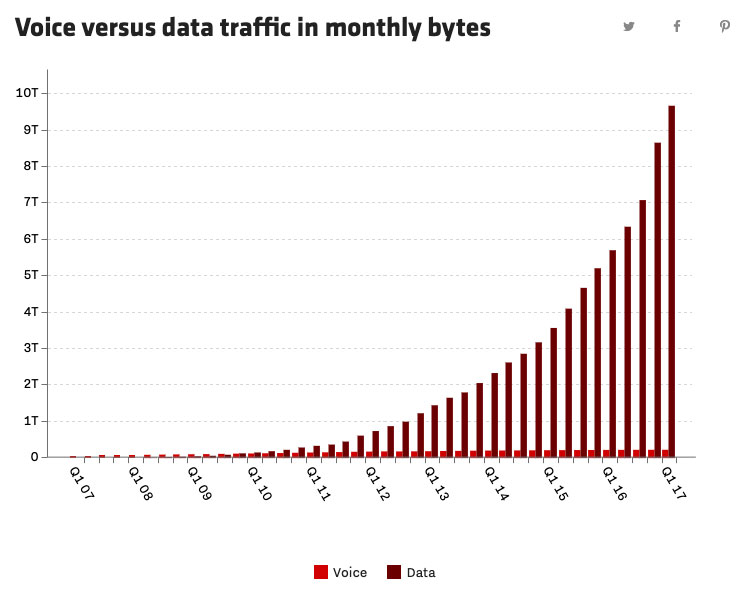
OK, now I’m back on track.
With this data usage came the biggest change of all: consumer expectations. Today, consumers have one expectation of your website—that it works. If apps don’t work, we delete them. If websites don’t work, we close them. If the page doesn’t load fast, we hit the back button and go to the next search result on page one of Google.
Reminds me of a great SEO joke…
In high-traffic, high-conversion web businesses this is studied and optimized daily. We can turn this dial to decrease the bounce rate, flip this switch to decrease load times or twist this knob to increase form submissions.
Unfortunately, not all of us have the traffic or time to make these adjustments all day, every day. Fortunately, we can lean on others that do, and there are many resources out there that help us measure our website performance by providing tools, metrics, advice, and education.
They work. That’s it, great websites tell your story well and they work. They work for you and they work for your users by reaching the goals you both share.
Some websites work without drawing attention to themselves—the extreme being craigslist. Some work by being so delightful that they make you giddy— TurboTax and Dollar Shave Club do this for me.
Google Analytics Conversion Goals – Although most marketers have Google Analytics installed, there are still many users that do not understand how to mine your dashboards and reports for valuable information. Setting up Conversion Goals will help you understand what pages of your site are doing their part, and which ones are not. Whether you are measuring downloads, registrations, submissions, or transactions, conversion reporting is the first step to building a website that works.
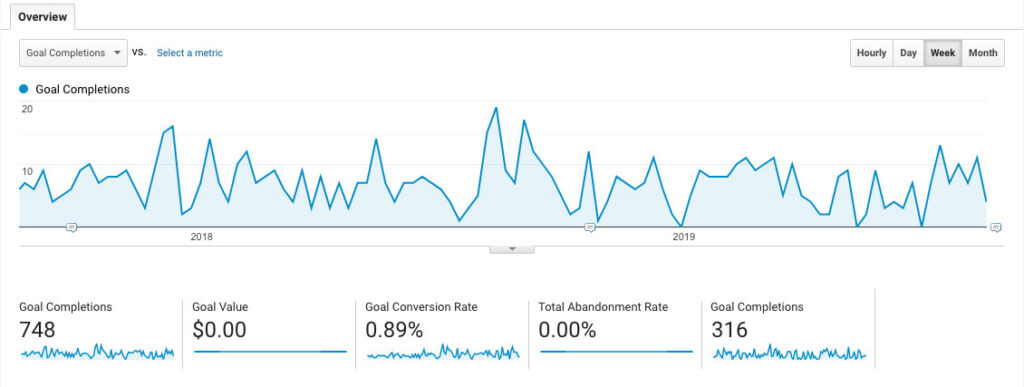
Grader.com – A product of HubSpot, Grader has been a great way to get a fast baseline on your load time, mobile-friendliness, and search optimization potential.
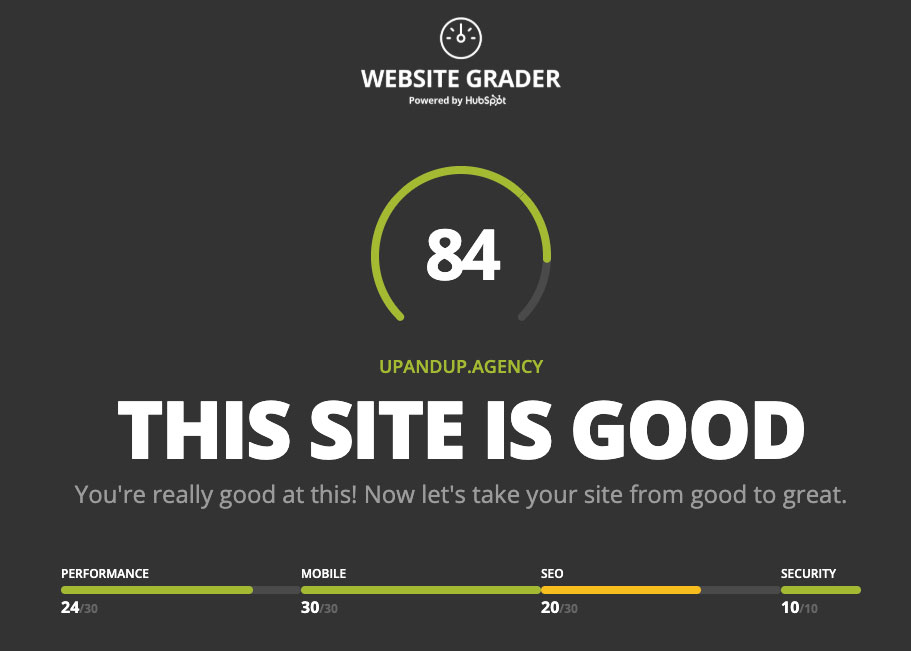
Tools.Pingdom.com – Pingdom provides a great tool to examine and optimize the page performance of your website. They also provide a paid website monitoring service to let you know when your website goes down.
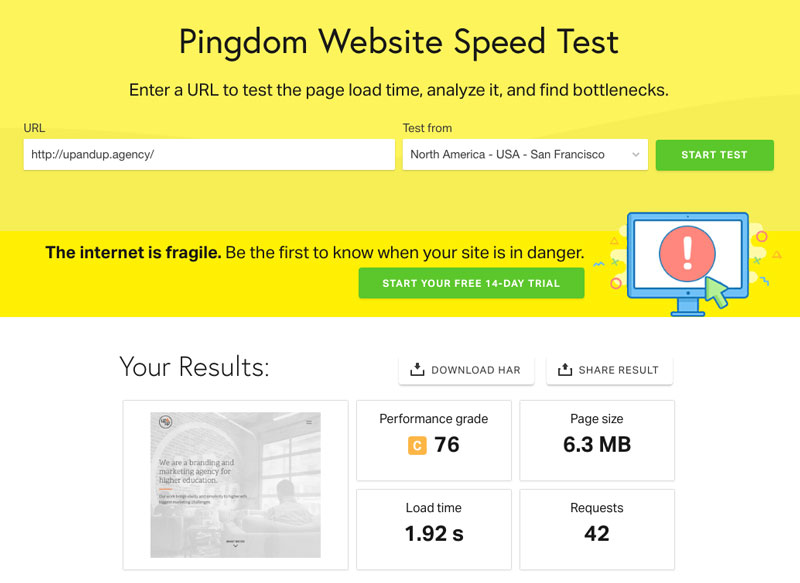
Accessibility Tools – Usability Geek has a list of 10 free tools like Achecker.co to check your site for accessibility issues. Although these may not be comprehensive, they do get you started. If you need a comprehensive accessibility audit, we would be happy to help.
WooRank – Similar to Grader, WooRank offers a free tool to analyze your site and provide tips to boost visibility, traffic, and usability.
Nibbler – Nibbler is a free tool for testing websites that provides a report scoring your website from 1-10 for key areas, including accessibility, SEO, social media and technology.
Neil Patel – Although not necessarily a tool (and in no way am I calling Neil himself a tool), over the past 10 years I have learned more from his blogs than any other source. Follow Neil, and success will most likely follow you.
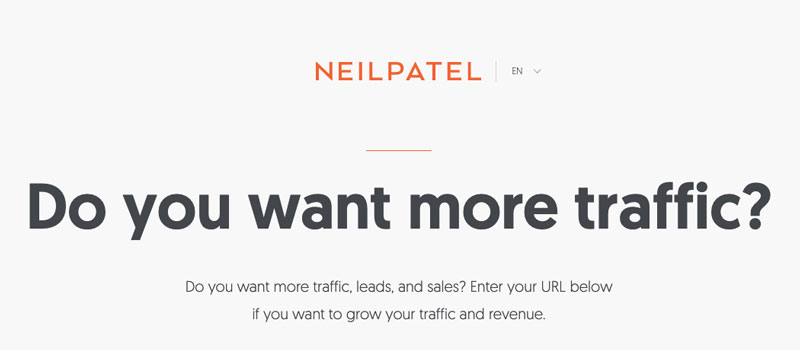
With all of the data that these tools provide, there is one thing that they can not provide: your objectives. If you have a grasp on what your website needs to do well then any combination of these tools can help you establish your baseline performance, make some tweaks, turn some knobs, and then monitor and measure your results. If you don’t have a great grasp and need help, let me know. We’re happy to help.
Thanks for taking the time to read my post.
Are there any tools or tips that you think I have missed?